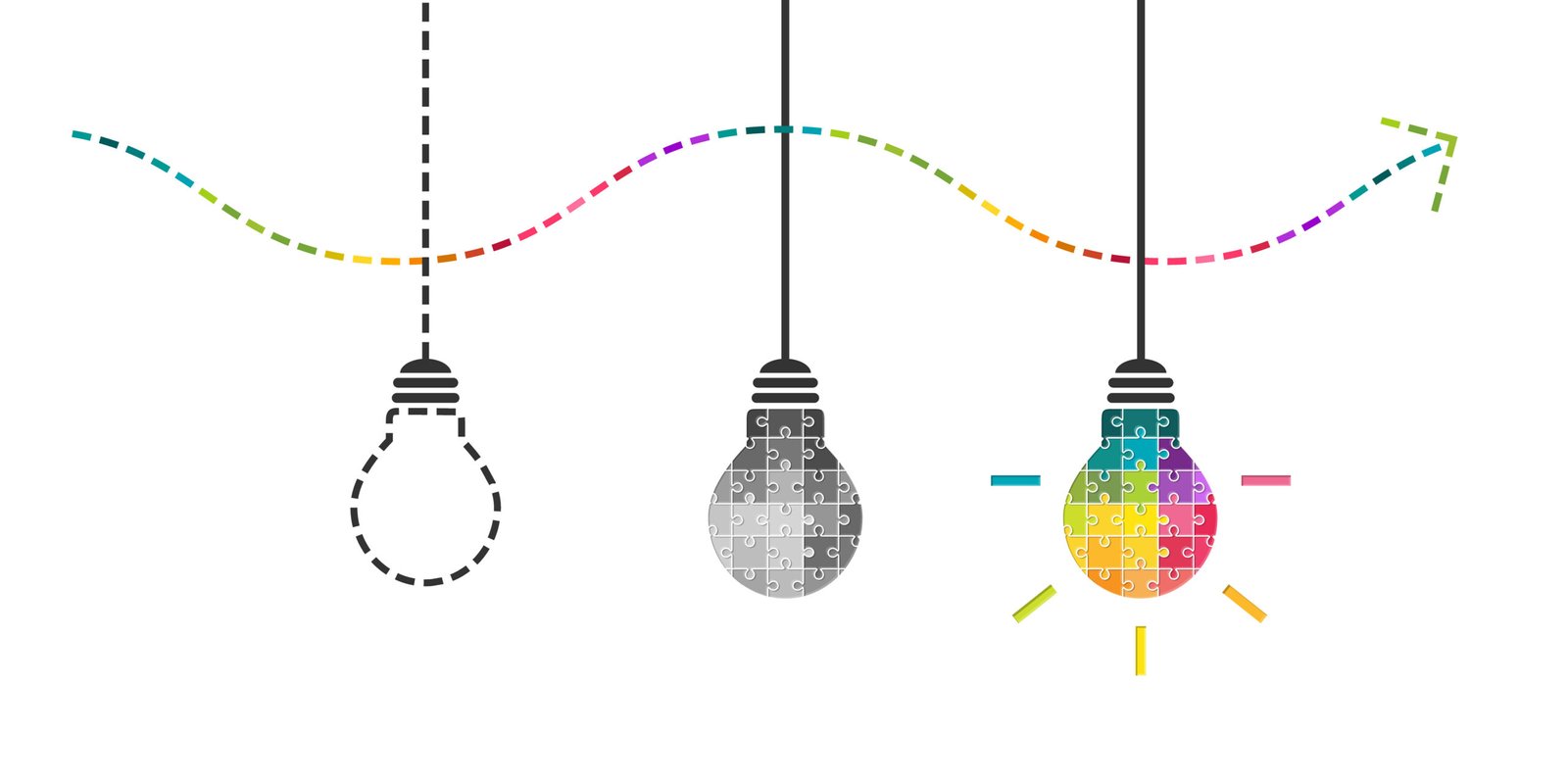
Back to Basics: Five Essentials for Effective Learning Design
ith over twenty-five years of learning consulting experience, I have always relied on the basics when it comes to instructional design. The concepts that I learned during grad school and with my first mentor, have always been my "go to" when dealing with complex learning needs or initiatives. But even in all my years as a learning consultant, there were times when I strayed from the basics in the pursuit of new learning technologies, or just in the interest of time. And I have always found that the return to the basics is what results in the most effective outcomes for any of my learning interventions. If you are a new or a seasoned instructional designer, read on to learn about the five essentials that are necessary for instructionally sound learning.

Basics Stand the Test of Time
- Universal Relevance: Basics transcend trends and technological shifts. Regardless of industry or domain, foundational principles remain applicable. Whether it’s a manufacturing plant or a tech startup, effective learning hinges on understanding needs, setting objectives, and engaging learners.
- Cognitive Science: Basics align with how adults learn. Concepts like spaced repetition, active recall, and chunking have stood the test of time. These principles tap into cognitive processes, ensuring better retention and application.
- Adaptability: Basics are adaptable. They accommodate diverse learning styles, preferences, and contexts. Whether it’s a traditional classroom, e-learning module, or on-the-job coaching, foundational principles guide effective design.
- Sustainability: Trends come and go, but basics endure. Organizations invest time and resources in learning programs; sustainable designs withstand the flux of industry changes. Basics provide stability and longevity.
If you follow these five essentials you will experience significantly improved outcomes from any learning intervention you design in your organization.
Needs Analysis
Before creating any learning program, it's crucial to assess the specific needs of the organization and its employees. What skills are lacking? What knowledge gaps exist? A thorough needs analysis ensures that learning initiatives align with real-world requirements.
Clear Objectives
Well-defined learning objectives serve as the anchor to any learning intervention. They articulate what learners should achieve by the end of a program. Clear objectives help focus content, activities, and assessments, ensuring relevance and alignment with organizational goals.
Engaging Content
Basics include creating content that captivates learners. Engaging materials—whether text, videos, or interactive modules—enhance motivation and retention. Simplicity and clarity are key; avoid unnecessary jargon or complexity.
Practice and Application
Learning is incomplete without practice. Basics dictate incorporating opportunities for learners to apply knowledge and skills. Case studies, simulations, role-playing, and real-world scenarios bridge theory and practice.
Feedback Mechanisms
Constructive feedback fuels growth. Regular assessments, quizzes, and peer evaluations provide learners with insights into their progress. Feedback also guides course corrections and reinforces learning.
In the rush toward innovation, let’s not forget the bedrock of effective corporate learning. By embracing the basics—needs assessment, clear objectives, engaging content, practice, and feedback—we create learning experiences that empower adults to thrive in their roles. So, let’s honor tradition while embracing progress, ensuring that our learning initiatives stand strong against the winds of change
Looking for Design Expertise?



